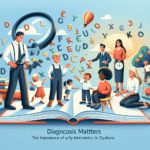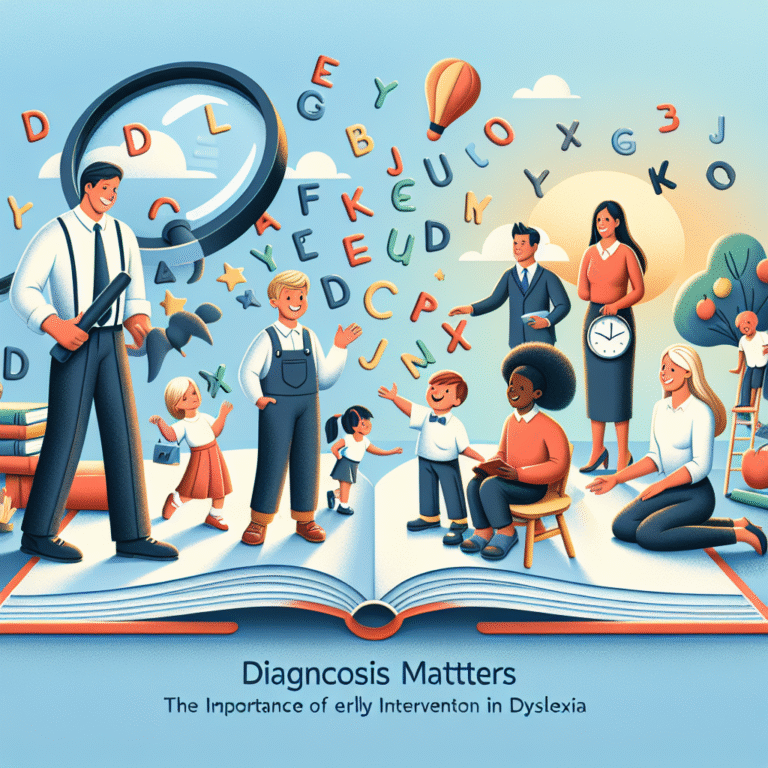
Introduction
Imagine the foundation of your emotional life being laid during the tender years of childhood. Just as a house requires a solid base to withstand storms, your emotional health and relationships are shaped by the attachment styles developed early on. These vital connections with caregivers not only influence childhood experiences but also cast long shadows into adulthood. From Childhood to Adulthood: The Lifelong Impact of Attachment Styles is a journey that reveals how our earliest influences resonate through decades, shaping how we connect with others, face challenges, and even how we perceive ourselves.
Understanding attachment theory and its implications is essential for personal growth, relationship-building, and emotional well-being. As we navigate this topic, we invite you to ponder: How much of your adult relationships echo the dynamics established in your formative years?
Understanding Attachment Styles
What is Attachment Theory?
Attachment theory was first developed by British psychologist John Bowlby in the mid-20th century. It posits that the bonds we form in early childhood with primary caregivers set the stage for how we relate to others throughout life. Mary Ainsworth expanded upon Bowlby’s ideas with the “Strange Situation” experiment, identifying four primary attachment styles:
Secure Attachment: Characterized by warmth and responsiveness from caregivers, children develop trust and security.
Anxious Attachment: Inconsistent caregiver responses lead to clinginess and anxiety about abandonment in relationships.
Avoidant Attachment: Emotionally distant caregivers foster self-reliance, leading individuals to avoid closeness in relationships.
- Disorganized Attachment: A mix of avoidance and anxiety often rooted in trauma or abuse.
Understanding these styles provides the first step into the exploration of From Childhood to Adulthood: The Lifelong Impact of Attachment Styles.
The Lifelong Effects of Attachment Styles
As children transition into adulthood, these attachment styles can lead to distinct patterns in their relationships, emotional outlook, and coping mechanisms. Let’s explore how each attachment style manifests throughout life.
Secure Attachment in Adulthood
Individuals with secure attachment styles often find it easier to form healthy, mature relationships. They exhibit:
- Satisfying Relationships: They communicate openly and can express feelings without fear.
- Effective Conflict Resolution: They approach disagreements openly, seeking resolution rather than avoidance.
Case Study: Emma and Liam
Emma and Liam, a couple in their thirties, embody secure attachment. Having grown up in nurturing environments, they display high levels of trust and effective communication. When faced with issues, they engage in meaningful conversations and prioritize emotional growth—resulting in a strong partnership.
Analysis: This case underscores that foundational trust nurtured during childhood can lead to stable, fulfilling adult relationships.
Anxious Attachment in Adulthood
Those with anxious attachment styles often grapple with fears of abandonment and uncertainty in relationships. They may exhibit:
- Clinginess: Constantly seeking reassurance from partners.
- Jealousy: Heightened sensitivity to perceived threats to their relationship.
Case Study: Sarah’s Journey
Sarah developed an anxious attachment style due to inconsistent caregiving. In her relationships, she often felt neglected, leading to repetitive cycles of anxiety and conflict. Over time, through therapy, she learned to recognize and address these patterns, striving for more secure relationship dynamics.
Analysis: Sarah’s experience illustrates that even deeply rooted anxious attachment characteristics can be reformed through self-awareness and intervention.
Avoidant Attachment in Adulthood
Individuals with avoidant attachment styles often struggle with intimacy and emotional expression. They may:
- Keep Emotional Distance: Prefer independence over vulnerability.
- Struggle in Relationships: Avoid commitment or meaningful emotional connections.
Case Study: Jake’s Independence
Jake grew up in an emotionally distant household, leading him to develop an avoidant attachment style. While successful in his career, his relationships have been superficial and unfulfilling. Acknowledging this pattern, he sought therapy, learning the value of opening up to others.
Analysis: Jake’s journey demonstrates that recognizing avoidance is the first step toward fostering more profound relationships through vulnerability.
Disorganized Attachment in Adulthood
Disorganized attachment often results from trauma and can lead to chaotic relationships characterized by:
- Fear and Anxiety: Mixed signals can create intense emotional swings.
- Difficulty Trusting: Struggles with self-esteem and security in relationships.
Case Study: Ruby’s Challenges
Ruby’s traumatic childhood cultivated disorganized attachment traits. As an adult, her relationships have been tumultuous, oscillating between dependency and distance. Through trauma-informed therapy, she began to navigate her patterns and create healthier interactions.
Analysis: Ruby’s experience highlights the complexities of disorganized attachment and the necessity for specialized approaches to foster healing and connection.
The Shift from Childhood to Adulthood
The Role of Self-Awareness
Understanding that your attachment style may dictate your relational dynamics can empower you to initiate positive changes. From Childhood to Adulthood: The Lifelong Impact of Attachment Styles requires an active commitment to self-awareness and emotional health.
- Identify Your Attachment Style: Reflect on your early relationships—what patterns emerge?
- Communicate: Open lines of communication can significantly enhance relationship quality, particularly when partners understand attachment influences.
Therapeutic Interventions
Engaging in therapy can be particularly beneficial for those wishing to rewire their attachment styles. Here are some approaches:
Cognitive Behavioral Therapy (CBT): Helps individuals challenge and change detrimental thought patterns.
Emotionally Focused Therapy (EFT): Focuses on improving attachment security in adult relationships.
- Trauma-Informed Therapy: Acknowledges past trauma and its role in shaping attachment.
Building Healthy Relationships
Taking actionable steps toward cultivating connections rooted in secure attachment can transform relational experiences. Here are suggestions for fostering healthier bonds:
Practice Vulnerability: Sharing emotions can deepen trust in relationships.
Set Boundaries: Establishing limits can enhance your sense of safety.
- Engage in Self-care: Prioritizing your emotional health can positively impact your relationships.
Conclusion
As we travel on the intricate path From Childhood to Adulthood: The Lifelong Impact of Attachment Styles, it becomes evident how our past wields significant influence over our present. Whether you identify with secure, anxious, avoidant, or disorganized attachments, the empowering news is that you can foster growth and healing.
Breaking the cycle of detrimental attachment requires self-awareness, communication, and sometimes professional support. By acknowledging the lasting impact of childhood experiences, you can disentangle yourself from unhelpful patterns, empowering not just yourself but also those around you. Embrace this journey of transformation; your future self—and your relationships—will thank you.
FAQs
1. How can I identify my attachment style?
Reflect on your childhood relationships and current romantic connections. Observe how you relate to others, particularly during emotional challenges.
2. What if I have a difficult attachment style?
Recognizing your attachment style is the first step. Seeking therapy can help you address underlying patterns and foster healthier relationships.
3. Can attachment styles change over time?
Yes, attachment can evolve. Engaging in personal development and therapy can lead to shifts towards a more secure attachment style.
4. How do I talk to my partner about my attachment style?
Choose a calm moment to share your insights. Use "I" statements to express feelings and emphasize the desire for mutual growth.
5. Are there exercises to improve attachment security?
Yes, practicing mindfulness and journaling about feelings and experiences can enhance self-awareness, ultimately supporting more secure attachments.
Let this comprehensive guide help illuminate your understanding of From Childhood to Adulthood: The Lifelong Impact of Attachment Styles. By journeying through attachment theory and recognizing its manifestations, you can create bridges towards healthier, more meaningful relationships.












